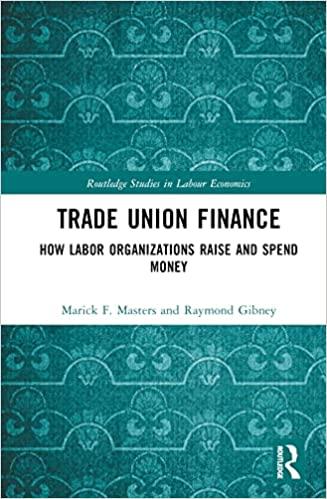Question
1. For public traded firms, why do we measure the risk of stock/project using beta rather than standard deviation? 2. How do we measure the
1. For public traded firms, why do we measure the risk of stock/project using beta rather than standard deviation?
2. How do we measure the beta of a stock?
3. How can market risk premium (Rm-Rrf) be estimated?
4. Explain why IRR is biased in favor of short-term projects. Or What is the implicit assumption about the reinvestment rate when calculating the IRR? How does this assumption induce a bias in the evaluation of mutually exclusive projects?
5. What are the additional costs incurred by firms when raising capital externally compared to obtaining funds internally? For which types of firms will these costs be more significant?
6. Why is interest ignored when calculating project CFs? Given this treatment of interest, how are the tax savings from interest accounted for when evaluating projects?
7. What is needed for firms to earn positive NPV from their investments / an IRR higher than WACC?
8. What are the potential reasons why leasing may be advantageous? (Be sure to discuss how competition amongst lessors ensures that the lessee benefits from leasing.)
Step by Step Solution
There are 3 Steps involved in it
Step: 1

Get Instant Access to Expert-Tailored Solutions
See step-by-step solutions with expert insights and AI powered tools for academic success
Step: 2

Step: 3

Ace Your Homework with AI
Get the answers you need in no time with our AI-driven, step-by-step assistance
Get Started


